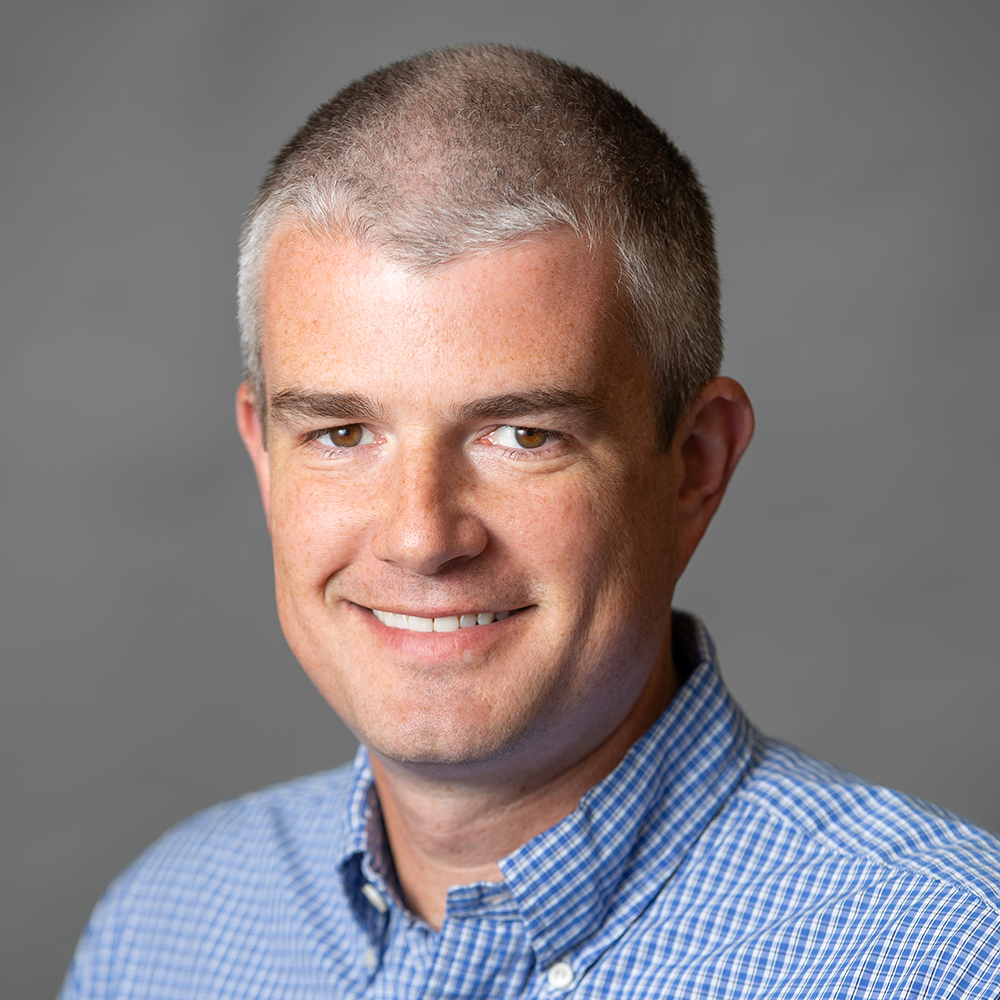Two women who have never met each take a journey. The first traveler, who lives in Atlanta, navigates her car to Denver and hikes to the top of nearby Mt. Evans. The second adventurer, who hails from San Francisco, catches a cross-country train to the Mile-High City and climbs to the same peak. Atop Mt. Evans, both women stack three rocks but never meet. They each took two distinct routes to achieve the same result.
Back in reality, researchers from the HudsonAlpha Institute for Biotechnology have identified separate molecular pathways in cancer cells for two transcription factors – proteins that control which genes are turned on or off. The two transcription factors regulate common features in normal and cancer cells, so the study results demonstrate that two different gene regulators use distinct routes to arrive at the same result, just like the two hikers on Mt. Evans. The findings also provide a guide for other research on how the two proteins regulate cancer cell proliferation, according to the authors. The researchers published their results online this week in Genome Medicine.
“Since we collected data across different time points in these cancer cells, we address a basic science question to understand how two distinct gene regulators dynamically interact with the genome to produce an effect on cancer cells,” said lead author Dan Savic, PhD, a HudsonAlpha postdoctoral fellow in the lab of Richard Myers, PhD. Myers is president, science director and faculty investigator at the Institute, and his lab led the study project in collaboration with the Sara Cooper Lab at HudsonAlpha as well as researchers from the University of Utah and New York University.
“We found that different gene regulators can produce a common effect, which highlights the complexity of the genome,” Savic said. “Perhaps more importantly, our data also allow us to provide a molecular map for other researchers to use for studying these two key transcription factors.”
In genetic research, molecular maps identify the location in the genome of particular genetic markers, as in the two transcription factors in this study. Until now, the genes to which each of these transcription factors bind had not been mapped.
When Savic and his colleagues for the project analyzed the data, they were interested to find that the two gene regulators use different pathways – two routes to the top of the mountain, as it were – to achieve the same effect. Identifying these molecular pathways is significant because the two transcription factors from the study – LXR and PPARG – are important not only for understanding how genes regulate basic processes in cells but also for cancer research. Both LXR and PPARG help maintain energy balance in normal cells, and they are each possibly involved in cancer cell proliferation.
Normal cell growth and division requires a balance between promoting and suppressing cell reproduction, or proliferation. In cancer, the balance is lost, allowing the uncontrolled cell proliferation that is a hallmark of cancer. In the Genome Medicine publication, the study authors name several recent reports of both LXR and PPARG suppressing cancer cell growth, but they emphasize that the role of neither protein is completely understood.
Still, they say, because of the gene regulators’ role in cancer cell proliferation, the two proteins should be the focus of more research.
“These results provide important detail on how LXR and PPARG are reprogrammed in cancer cells,” said Myers, HudsonAlpha president, science director and faculty investigator. “Because of their role in cell biology, these two proteins could potentially serve as attractive therapeutic targets for cancer treatment.”
Other authors on the paper include HudsonAlpha faculty investigator Sara Cooper, PhD; Brian Roberts, Emma Dean, Todd Burwell, and Sarah Meadows, all of HudsonAlpha; Ryne Ramaker of HudsonAlpha and the University of Alabama at Birmingham; Michael Garabedian, PhD, of New York University; and Jason Gertz, PhD, of the University of Utah.

